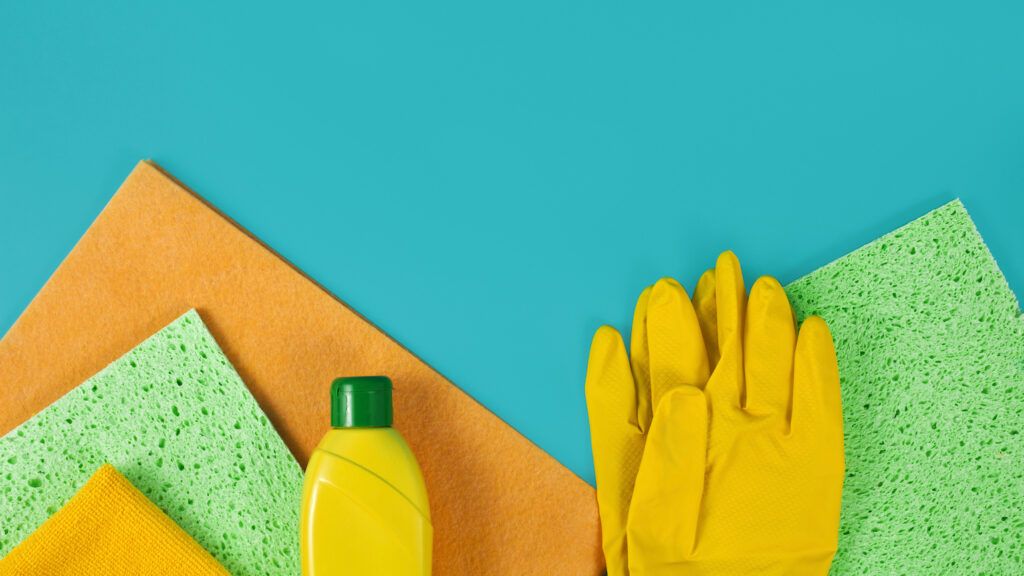Every April 22, we celebrate Earth Day in many different ways. Some will plant trees, others will pick up litter, and others will be educating themselves about how we can make a difference in the face of climate change.
This year, I’ll be doing my spring cleaning—with an eco-friendly twist.
Protecting the Earth starts at home, after all, with each choice we make adding our personal impact to no less than the future of our planet. The impulse to do a spring clean-out, from clearing clutter to wiping windowsills and mopping floors, is such a logical extension of the fresh, new feeling of tender leaves and new buds on the trees outside. The desire to clean our homes in a way that respects and helps heal the larger world only elevates the renewal of spring cleaning.
Try these tips to change the way you clean, on Earth Day and afterward.

1) Set an Eco-Friendly Intention
Protecting the Earth starts at home, with each choice we make adding our personal impact to no less than the future of our planet. Be clear with yourself that the impulse to do a spring clean-out, from clearing clutter to wiping windowsills and mopping floors, is a symbolic extension of the fresh, new feeling of tender leaves and new buds on the trees outside. The desire to clean our homes in a way that respects and helps heal the larger world only elevates the renewal of spring cleaning.

2) Lose the Paper Towels
Instead of paper towels, which are single-use items that go straight to the landfill, pick up a packet of inexpensive, washable microfiber towels for kitchen spills and bathroom wipe-downs. Cut old t-shirts or towels into squares and rotate through your laundry cycle for ongoing use.

3) Clear the Paper Clutter
No scrubbing required to get this spring cleaning task done—take inventory of your flow of mail and consider what you are able to switch to paperless communication. Bills, newsletters and bank statements can be safely password-protected online, which saves the postal system and the planet a lot of bulky paper waste.
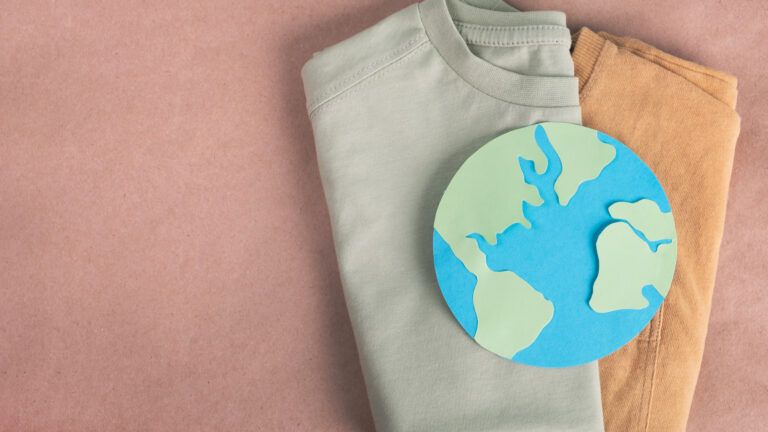
4) Donate Unwanted Textiles
If you don’t end up using old sheets and towels as paper towel substitutes, please don’t toss them into the garbage! Textile recycling is an easy way to take ripped or unwearable clothing or other fabrics and turn it into reusable materials. Many communities have yellow Planet Aid bins for textile collection, or ask your public works department if they accept textiles for recycling.
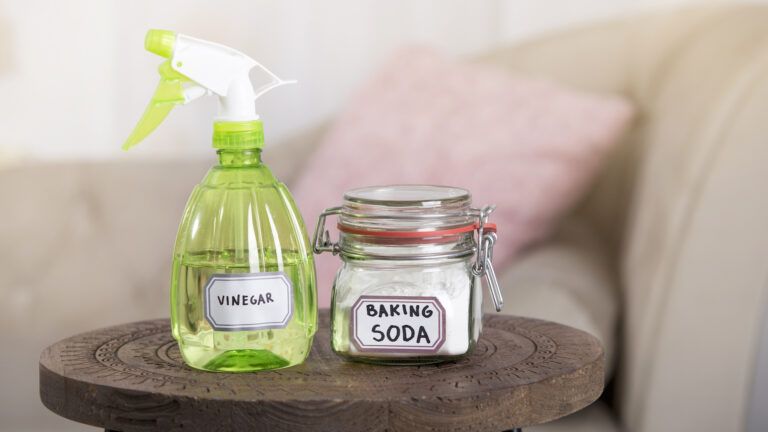
5) Make DIY Cleaning Products
You can save both money and the environment by switching to easy-to-make cleaning products for your home.
- Equal parts water and white vinegar can be scented with lemon peel or rosemary for a pleasant smell.
- A paste of baking soda and white vinegar is a bubbly and effective way to scrub your tub.
- Stainless steel appliances wipe clean with a few drops of dish soap mixed with warm water.
- A few drops of essential oils in cleansing, pleasing scents like lavender, grapefruit or tea tree elevate your cleaning experience, leaving your home smelling fresh and spa-like.
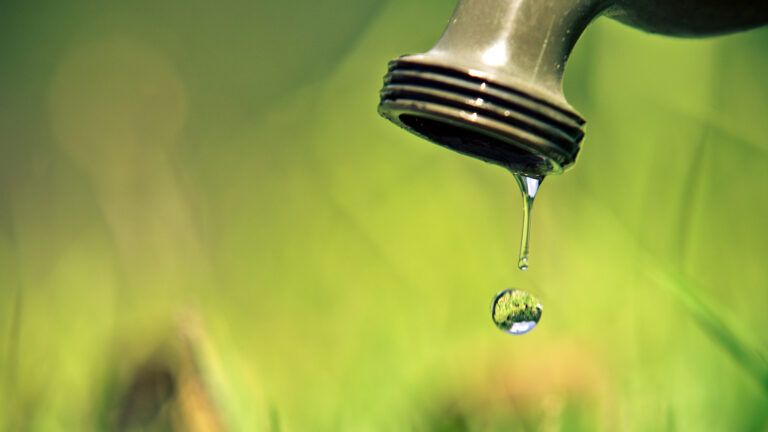
6) Cut Back on Your Water Usage
Water is a key ingredient in any spring clean-up, but what if you took your spring refresh as a chance to reduce your usage of this precious resource?
- Sweep instead of mop.
- Go shoeless in the house to reduce must-mop dirt on the floor.
- Turn off the faucet while loading dishes in the dishwasher, brushing your teeth, or carrying a pot to the stove.
- Save excess water for other uses, like watering your houseplants.
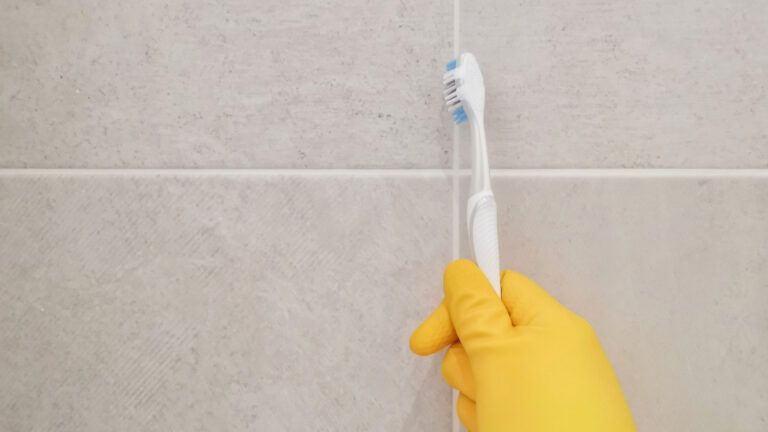
7) Repurpose Cleaning Tools
Ready to replace an old toothbrush? Add it to your cleaning toolbox for grout-cleaning and other tidying uses. Old newspapers can be crumpled up and used to polish windows to a sparkling shine. Cast-off socks make fabulous dusters, as can used dryer sheets. Toilet paper or paper towel tubes can keep long cords organized under a tech-heavy desk. The possibilities are nearly endless—and landfill-saving!

8) Compost Food Waste
Your fridge is likely calling out for a spring clean-up. Expired foods don’t have to go into the garbage for your refrigerator to be fresh and clean. Contribute your food waste to a neighbor’s compost pile (or your own!), or see if your town’s waste management organization collects compost.
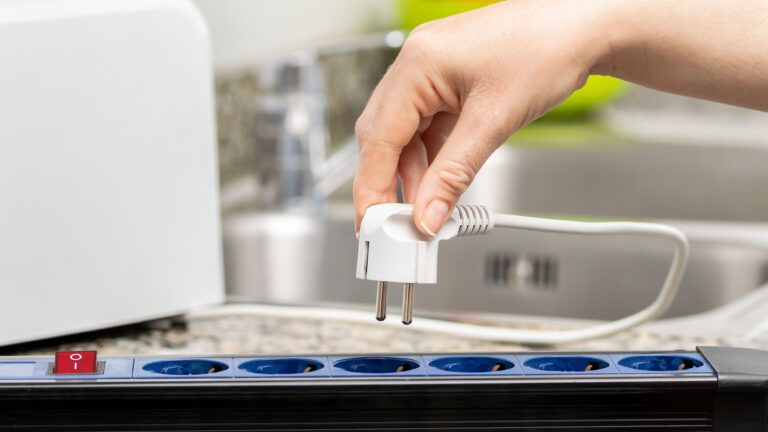
9) Audit Your Electricity Use
As you clean your home this spring, take notice of your electronics. Are there appliances that don’t need to be plugged in 24-7 (toasters are a great example of this easy energy-saver)? Are your lightbulbs energy-efficient? An LED bulb is an investment in both the planet and your electric bill, as these bulbs last longer and use less off the power grid. What easy power changes could you make this spring?

10) Air-Dry Clothes When Possible
The image of fresh linens drying in the spring breeze is appealing although it’s also not possible for everyone. Whether or not it’s an option for you, the fact remains that air-drying clothing lowers your carbon footprint and saves money and energy—electricity and natural gas. Consider putting up a line or drying rack in the backyard or on a porch. Or, maybe there are items like sweaters or t-shirts that you can dry on a collapsible rack indoors in your laundry area. It can be the first step toward reducing the number of dryer cycles you go through each week.
What other eco-friendly techniques will you consider this spring?
